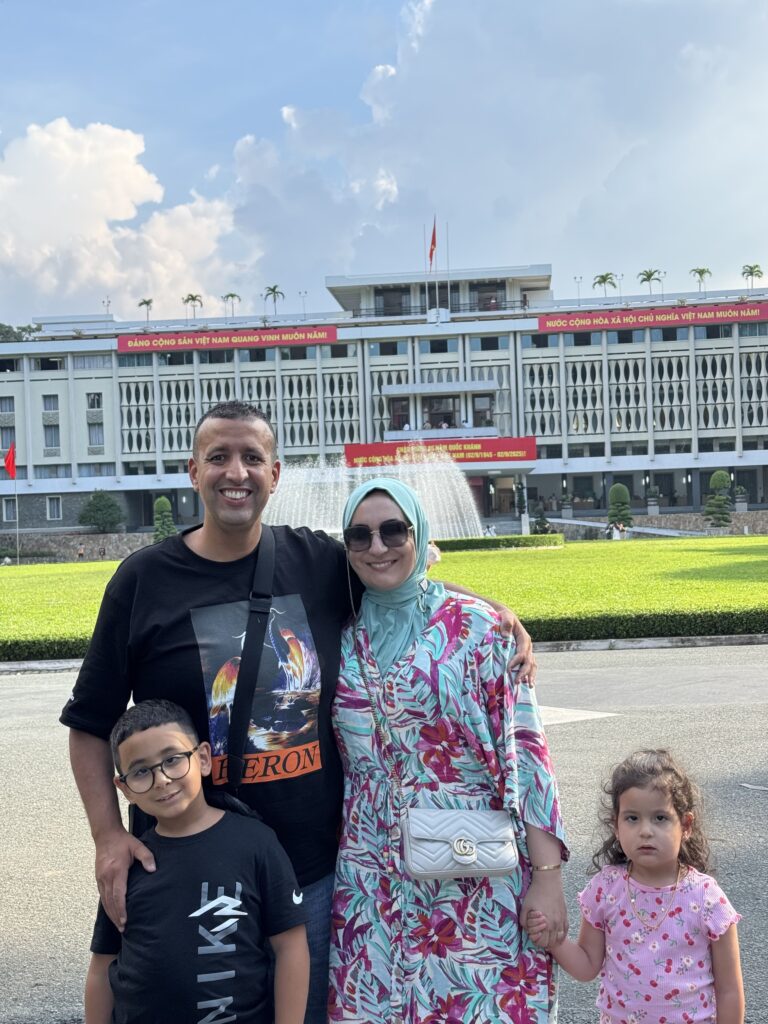🌿 A Landmark Frozen in Time
In the heart of bustling Ho Chi Minh City stands a place where time seems to pause — the Independence Palace, also known as the Reunification Palace. Once the home and office of South Vietnam’s president, it witnessed the most dramatic chapters of Vietnam’s modern history.
When the North Vietnamese tanks broke through its gates on April 30, 1975, it marked not just the end of a war, but the beginning of a new era. Today, those very gates remain, quietly reminding every visitor that this city has lived through stories far greater than its skyline.
🕰 A Walk Through History
Built on the site of the former Norodom Palace, the Independence Palace reflects both power and elegance. Its 1960s architecture — all clean lines, open courtyards, and sunlit corridors — is a beautiful blend of Vietnamese tradition and modern design.
Inside, visitors wander through grand reception halls, secret command rooms, and even an underground bunker. Each space still holds original furniture, rotary phones, and war maps — details that feel like the past never left.
🌸 Beyond Politics, a Symbol of Peace
Though it once represented division, today the Independence Palace symbolizes reconciliation and resilience. Locals come here to reflect; travelers come to understand. Surrounded by shady tamarind trees and the hum of Saigon traffic, it’s a rare pocket of calm in a restless city.
For many, standing here isn’t about looking back in sorrow — it’s about honoring how far Vietnam has come.
✨ Experience It with Taste & Tales of Vietnam
At Taste & Tales of Vietnam, we invite you to experience history not just through facts, but through feeling.
Our curated Saigon culture tours take you beyond the museum walls — connecting the past to the present through stories, people, and the city’s vibrant everyday life.
Because history isn’t something you read about — it’s something you walk through.




